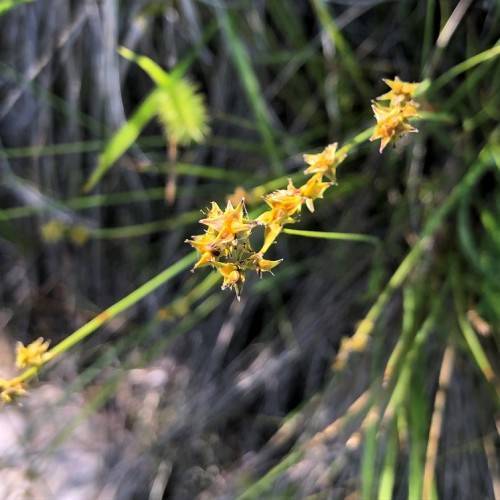
Rosy Sedge
Carex rosea
Also Known As - Curlystyled Wood Sedge,Stellate SedgeWatering:
Frequent
Hardiness Zone:
Sun:
Sun
Leaf:
Yes
Growth Rate:
High
Drought Tolerant:
Yes
Salt Tolerant:
Yes
Invasive:
Yes
watering
Salt Marsh Sedge prefers wet, boggy soil, so water this plant regularly. Generally, it should receive a deep watering about twice a week in dry periods. Make sure the soil does not dry out completely. Let the top inch or 2 of soil dry out before giving it another deep watering. Avoid direct, hot summer sun for this plant, as it likes partial sun and can even handle full shade.
sunlight
Salt Marsh Sedge (Carex recta) prefers full sun, and should be grown in areas that receive 4 to 8 hours of direct sunlight each day. If grown in partially shaded areas, it should be in areas that receive partial shade in the mornings and full sun in the afternoons. During the summer and spring months, the plant should be exposed to an average of 5 to 6 hours of direct sunlight, between the hours of 10am to 4pm. During the winter, the plant should receive no more than 4 hours of direct sunlight on most days, with the ideal time being between the hours of 11am to 3pm.
pruning
Salt Marsh Sedge (Carex recta) should be pruned once a year, in late winter or early spring. Pruning should be gentle and only enough to maintain the shape of the plant. It should not be drastic, as this type of sedge is slow-growing and can easily become stunted or damaged by too much pruning. Generally, only the flowering stems, which are long and have prominent flowering heads at their tips, should be cut. The remaining stems should be left intact, as they help to maintain the balance of the entire plant. Pruning back the top of the plant also helps to encourage new shoots and plant growth.
